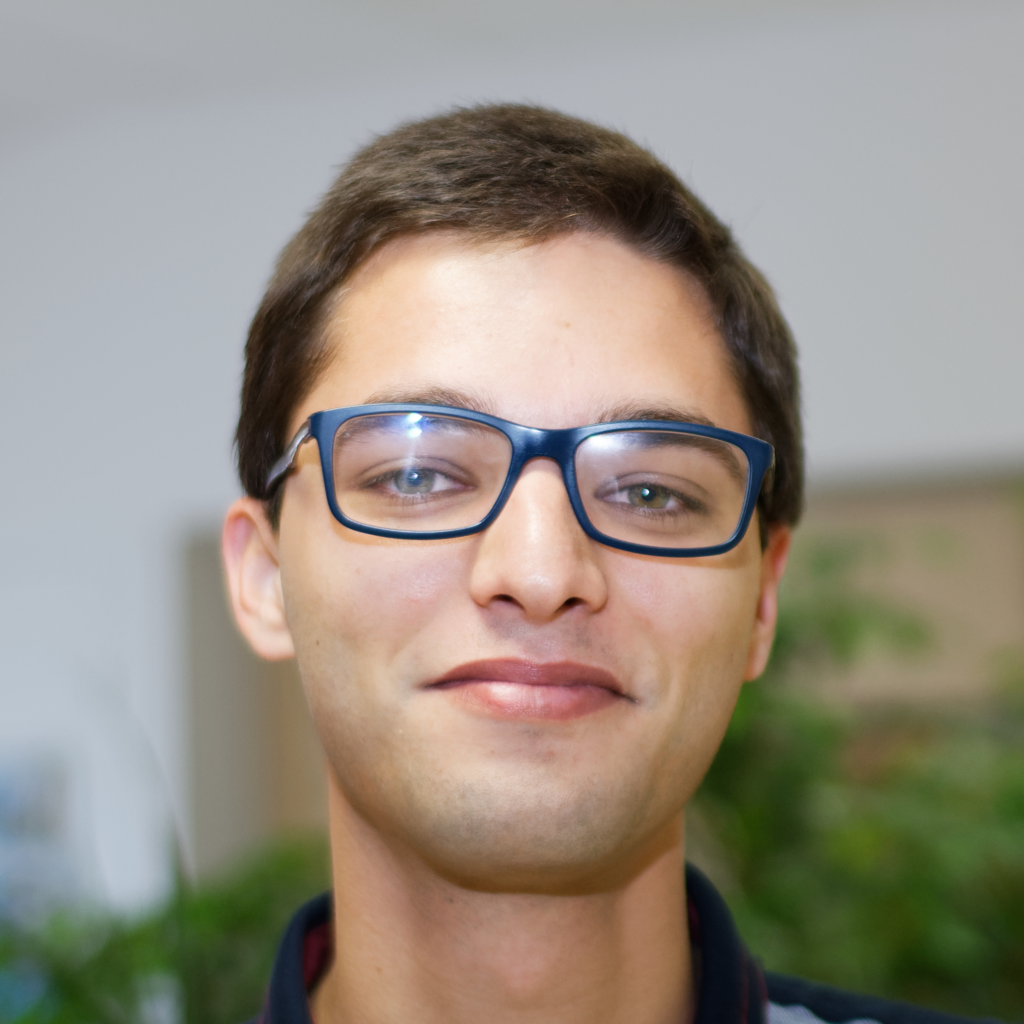 On Tuesday, November 30th at 13:30, M. Rafael LOPES SEEGER will defend his PhD thesis entitled:
On Tuesday, November 30th at 13:30, M. Rafael LOPES SEEGER will defend his PhD thesis entitled:
Exploring novel spin and charge transport mechanism in ferromagnetic and antiferromagnetic spin structures and spin textures
Place : CEA Bat. 10.05 Room 445
Skype link (**) : https://webconf.cea.fr/vincent.baltz/GLJRQRZK
Abstract: The emerging field of antiferromagnetic spintronics consists in exploring spin-dependent properties of antiferromagnetic materials. This class of magnetic materials might offer a number of advantages in terms of new physics and device performance due to: i) robustness against external magnetic fields, ii) zero net magnetization which produces no stray field, and iii) high frequency dynamics, typically close to THz frequencies. Besides the interesting features mentioned above, antiferromagnets are found to show a wide variety of properties. As far as electrical properties are concerned, they can be metals, insulators, semimetals, semiconductors and also superconductors. This makes antiferromagnets interesting for spintronic devices and intense research effort have been carried out recently in order to demonstrate the specific properties of antiferromagnets. In this thesis manuscript, we present how we explored experimentally novel spin and charge transport mechanism in ferromagnetic and antiferromagnetic spin structures and spin textures. Via the spin pumping technique, we unravelled the spin transport mechanisms associated with magnetic ordering transitions in materials with different electrical states and have studied the role of the electronic or magnonic nature of the spin current. In addition to that, we have studied spin-charge conversion in ferromagnets and antiferromagnets. We also used magnetotransport experiments to demonstrate spin-dependent properties specific to the antiferromagnetic arrangement of spins, where we have observed a spontaneous Hall effect that relies in crystal and magnetic symmetries. Finally, we evaluated whether magnetic textures in antiferromagnets matter for transport, whether it be single electron or Cooper pair transport. Particularly, we have used the proximity effect to study Cooper pair characteristic lengths in antiferromagnets. We have also explored the replication of spin textures from ferromagnets to antiferromagnets to reveal to what extend it is possible to control those textures in antiferromagnets.
Résumé: Le domaine émergent de la spintronique antiferromagnétique consiste à explorer les propriétés dépendantes du spin des matériaux antiferromagnétiques. Cette classe de matériaux magnétiques pourrait offrir un certain nombre d’avantages en termes de nouvelle physique et de performances des dispositifs en raison de : i) leur robustesse face aux champs magnétiques externes, ii) leur aimantation nette nulle qui ne produit aucun champ magnétique parasite, et iii) leur dynamique à haute fréquence, typiquement proche des fréquences THz. Outre les caractéristiques mentionnées ci-dessus, les matériaux antiferromagnétiques présentent une grande variété de propriétés. En ce qui concerne les propriétés électriques, ils peuvent faire partie de la catégorie des métaux, des isolants, des semi-métaux, des semi-conducteurs et également des supraconducteurs. Cela rend les matériaux antiferromagnétiques particulièrement intéressants pour les dispositifs spintroniques et un effort de recherche intense a été mené récemment afin de démontrer leurs propriétés spécifiques. Ce manuscrit présente comment nous avons exploré expérimentalement de nouveaux mécanismes de transport de spin et de charge dans des structures et des textures de spin ferromagnétiques et antiferromagnétiques. Grâce à la technique de pompage de spin, nous avons étudié les mécanismes de transport de spin associés aux transitions d’ordre magnétique dans des matériaux présentant différents états électriques. Nous avons notamment étudié le rôle de la nature électronique ou magnonique du courant de spin. Par ailleurs, nous avons étudié la conversion spin-charge dans les matériaux ferromagnétiques et antiferromagnétiques. Nous avons également utilisé des expériences de magnétotransport pour étudier les propriétés dépendantes du spin liées spécifiquement à l’arrangement antiferromagnétique des spins, où nous avons observé un effet Hall spontané qui repose sur les symétries cristallines et magnétiques. Enfin, nous avons évalué si les textures magnétiques dans les antiferromagnétiques sont importantes pour le transport, qu’il s’agisse du transport d’un électron unique ou d’une paire de Cooper. En particulier, nous avons utilisé l’effet de proximité pour étudier les longueurs caractéristiques des paires de Cooper dans les antiferromagnétiques. En complément, nous avons utilisé la méthode d’impression de textures de spin dans un antiferromagnétique à partir d’un ferromagnétique dans le but d’évaluer dans quelle mesure il est possible de contrôler ces textures dans les antiferromagnétiques.
Jury:
Mme Nora DEMPSEY – Directrice de recherche, CNRS
M. Sebastian T. B. GOENNENWEIN – Professeur, Université de Constance
M. Stéphane MANGIN – Professeur, Université de Lorraine
Mme Lisa MICHEZ – Maîtresse de conférence, Université d’Aix-Marseille
M. Henri JAFFRES – Directeur de recherche, CNRS
Thesis supervisor :
M. Vincent BALTZ – Chargé de recherche, CNRS
(**) if more information are requested:
Conference ID : 9985950
———————-
Access conditions :
• From a workstation with Skype for Business (*): Click on the link above.
• From a CEA workstation without Skype for Business (Linux) : go to https://vc.cea.fr and call 99+Conf ID.
• From Smartphone / Tablet: Install the “Skype for Business” application for Mobile, and click on the link above.
Join the meeting as a guest. You will not have to enter the Conf ID.
• From a CEA videoference room : 99+Conf ID.
• From audio only : Call +33 1 69 35 55 10, enter the Conf ID when asked.
– Confirm with the # key.
– Do not enter the * key.
– Simply wait, a participant will authorize you to join the conference.
* Audio experience will be better with an headset but you can use the built-in microphone and speaker of your phone.
In order for you to be seen (optional), your device must be equipped with a camera.
(*) – Only the organizer must be connected to the CEA intranet (directly or via VPN) for the meeting to proceed.




